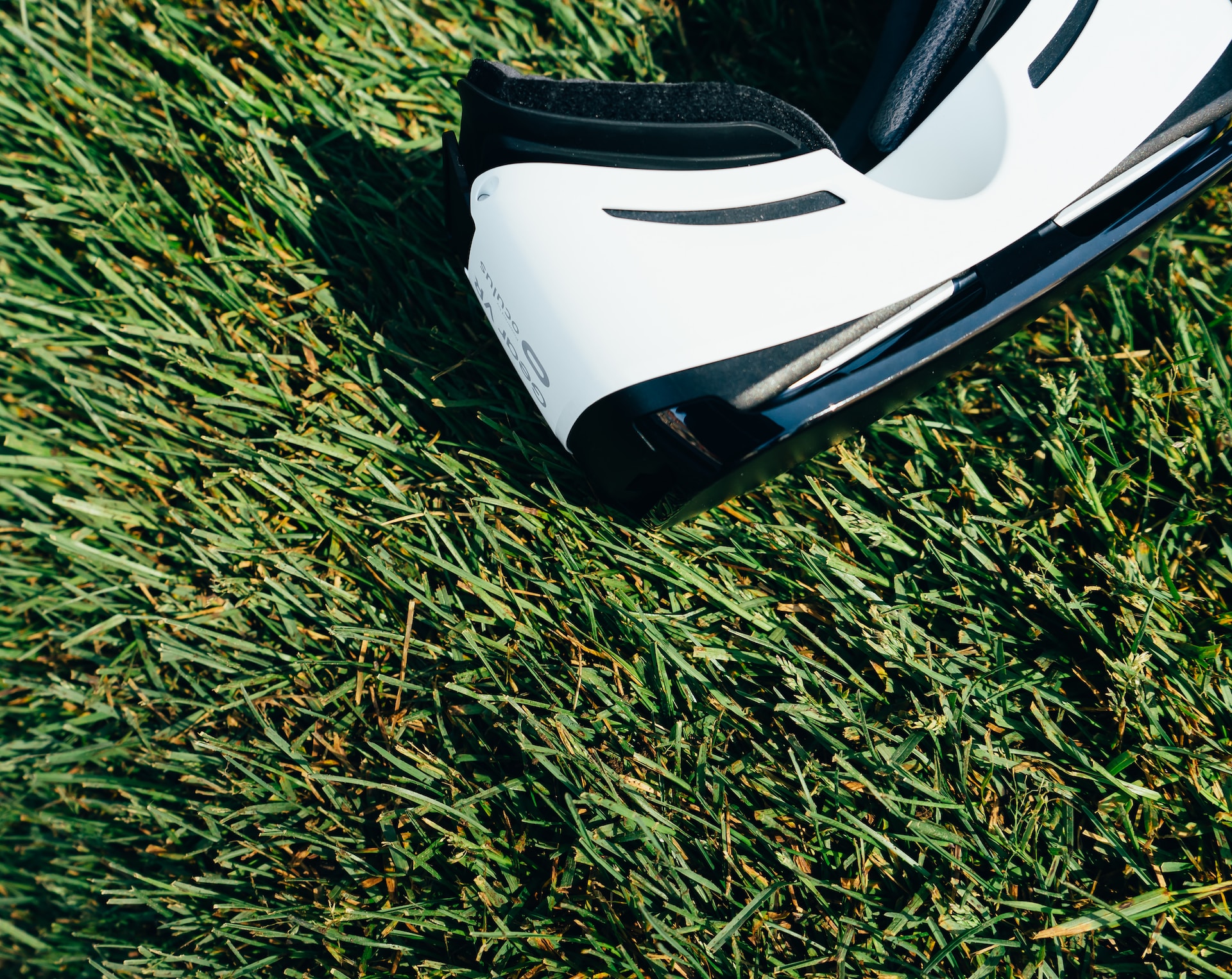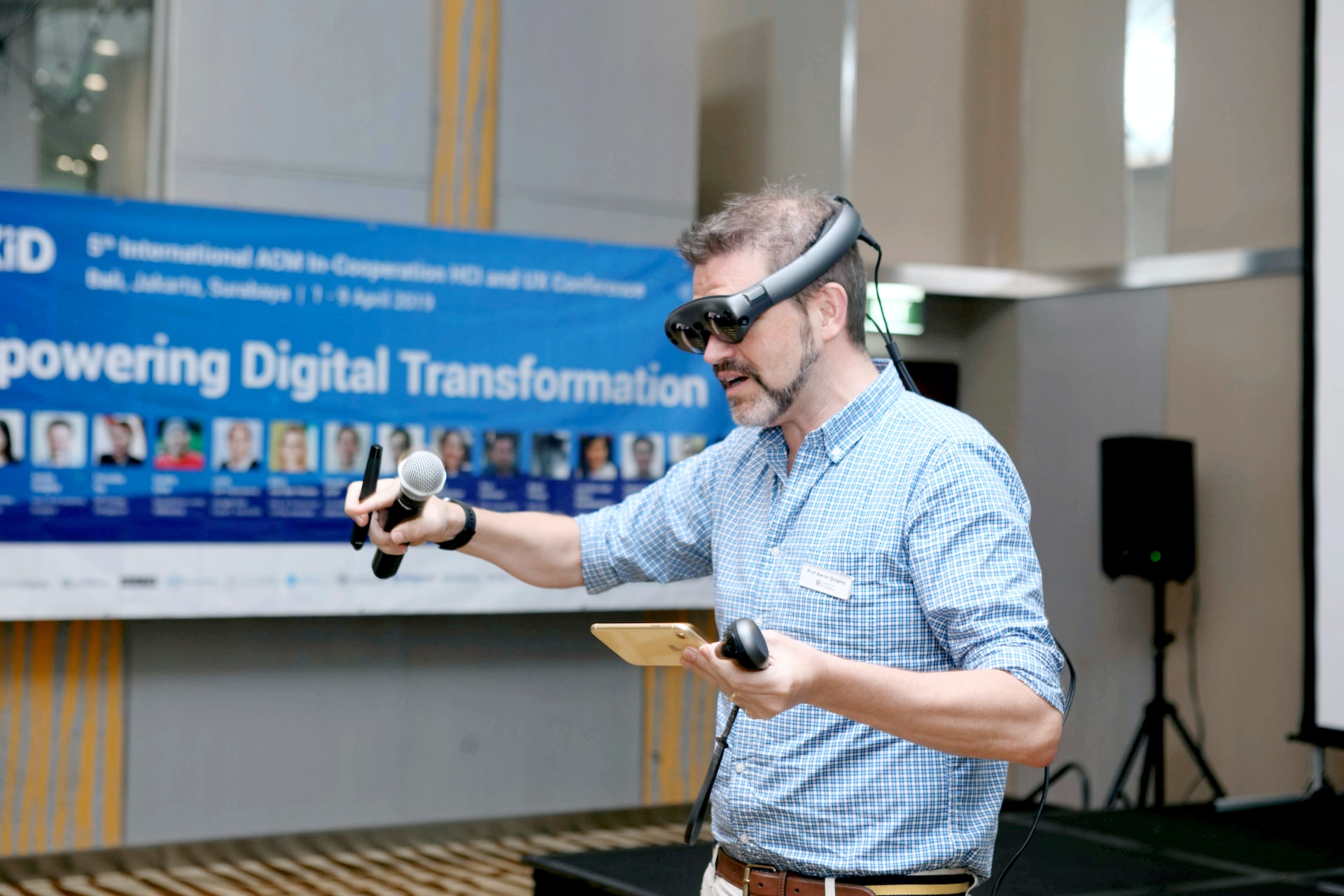In the fast-paced world of global sales, staying ahead of the curve is imperative. Businesses are constantly seeking innovative ways to enhance customer engagement, boost sales, and create memorable shopping experiences. One groundbreaking technology that has revolutionized the sales landscape is Augmented Reality (AR). This article explores the crossroads of innovation where AR intersects with global sales strategies, reshaping the way businesses connect with their customers worldwide.
I/ Understanding Augmented Reality (AR)
Augmented Reality, often abbreviated as AR, blends the digital world with the physical environment. By overlaying computer-generated images, sounds, or other data onto real-world objects, AR enhances the user’s perception and interaction with their surroundings.
A. Evolution of AR Technology
AR technology has come a long way since its inception. From basic 2D overlays to immersive 3D experiences, it has evolved into a powerful tool that bridges the gap between the digital and physical realms.
B. How AR Works
AR operates through specialized devices like smartphones, tablets, or AR glasses. These devices use cameras and sensors to perceive the user’s environment, enabling the integration of digital content seamlessly.
II/ AR in Global Sales Strategies
A. Enhanced Product Visualization
AR allows customers to visualize products in their real-world surroundings before making a purchase. This interactive experience significantly influences buying decisions, especially for items like furniture, clothing, or home decor.

B. Virtual Try-Ons and Test-Drives
Retailers are leveraging AR to enable virtual try-ons for clothing and accessories or test-drives for automobiles. This immersive experience gives consumers the confidence to make informed choices without physically interacting with the product.
C. Personalized Shopping Experiences
AR technology enables businesses to provide personalized shopping experiences. By analyzing customer preferences and purchase history, AR applications can recommend products tailored to individual needs, enhancing customer satisfaction and loyalty.
III/ Impact on Global Sales Strategies
A. Breaking Language Barriers
AR transcends language barriers by providing a visual and interactive experience. Businesses can market their products globally without worrying about language constraints, expanding their reach to diverse markets.

B. Redefining Marketing Campaigns
AR-driven marketing campaigns create buzz and excitement around products. Interactive AR advertisements capture the audience’s attention, leading to higher engagement rates and increased brand awareness.
C. Data-Driven Insights
AR technology generates valuable data and insights. By analyzing user interactions and preferences, businesses can refine their marketing strategies, optimize product offerings, and improve overall customer satisfaction.

IV/ Embracing the Future
The integration of Augmented Reality in global sales strategies is not a fleeting trend but a transformative force shaping the future of commerce. Businesses that embrace AR technology gain a competitive edge, offering innovative and engaging experiences that captivate customers worldwide.
Conclusion
At the crossroads of innovation, Augmented Reality emerges as a game-changer in global sales strategies. Its ability to enhance customer experiences, break barriers, and provide valuable insights propels businesses into a new era of commerce. Embracing AR is not just an option; it’s a necessity for businesses striving to thrive in the digital age.
Frequently Asked Questions (FAQs)
Q1: How does AR technology enhance customer engagement?
AR technology enhances customer engagement by offering interactive and immersive experiences, allowing customers to visualize products, try them on virtually, and make informed decisions.
Q2: Can AR be integrated into online retail platforms?
Yes, AR can be integrated into online retail platforms, allowing customers to experience products virtually, leading to increased online sales and customer satisfaction.
Q3: Is AR technology expensive to implement for small businesses?
The cost of implementing AR technology has decreased over the years, making it more accessible for small businesses. There are budget-friendly solutions available, enabling businesses of all sizes to leverage AR for sales strategies.
Q4: What industries can benefit the most from AR in sales strategies?
Several industries, including fashion, furniture, automotive, and real estate, can benefit significantly from AR in sales strategies. Any industry where visualizing products is essential can leverage AR technology.
Q5: How can businesses measure the effectiveness of their AR marketing campaigns?
Businesses can measure the effectiveness of their AR marketing campaigns through various metrics, such as user engagement, conversion rates, and customer feedback. Analyzing these metrics provides valuable insights into the campaign’s success and areas for improvement.




